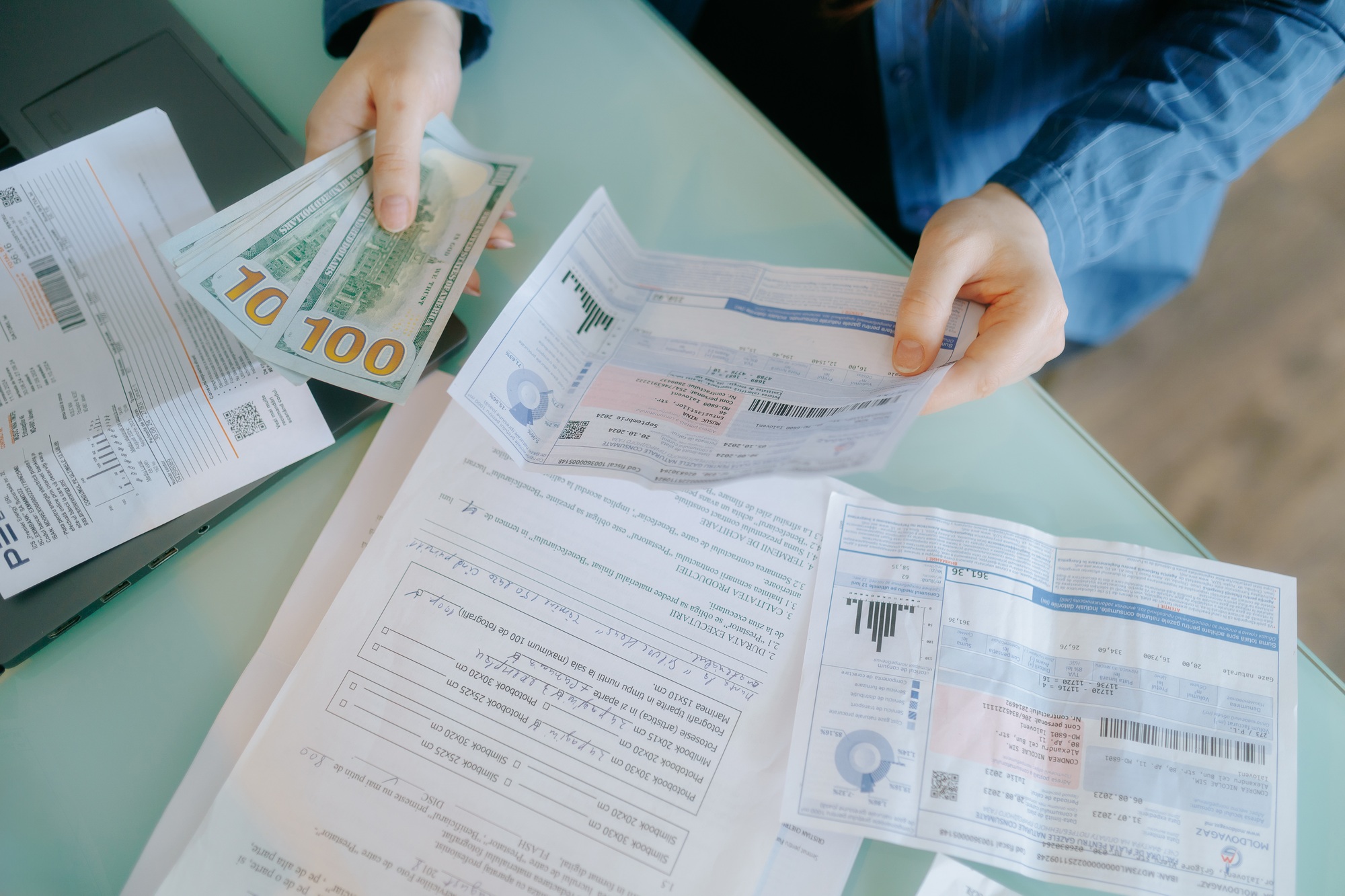Understanding Your Utility Bills
Consumers are increasingly seeking ways to reduce utility bills while maintaining comfort and convenience in their homes. Utility bills can be a significant part of monthly expenses, often leading households to explore effective strategies to lower these costs. Various methods, ranging from simple adjustments in behavior to investment in technology, can contribute to noticeable savings.
Market Impact of Energy Efficiency
The global push for energy efficiency has gained momentum, particularly in the wake of policy changes aimed at reducing carbon emissions. In 2022, the **International Energy Agency** reported a swift expansion in energy-efficient technologies, which is expected to gain further traction, projecting market growth at nearly 10% annually through 2030. This growth not only represents a shift in consumer preferences but also reflects the increasing importance of energy conservation in mitigating climate change.
Investing in energy-efficient appliances can lead to immediate savings on utility bills. The U.S. Department of Energy notes that Energy Star-certified appliances typically use 10-50% less energy than their standard counterparts. For families looking to upgrade their appliances, the long-term savings can be substantial, with many homeowners reporting reductions in their energy costs by as much as $200 per year.
Practical Strategies for Households
Understanding the impact of home energy use can help consumers take practical steps to decrease monthly expenses. Here are several effective methods:
1. **Lighting Adjustments**: Transitioning to LED lighting is one of the simplest yet most impactful changes. LEDs use up to 80% less energy than traditional incandescent bulbs and last significantly longer.
2. **Temperature Management**: Programmable thermostats are a key investment for any household looking to maintain energy efficiency. By allowing homeowners to set specific heating and cooling schedules, these devices can save up to 10% on heating and cooling bills, according to the U.S. Department of Energy.
3. **Home Insulation**: Proper insulation is essential for maintaining comfortable temperatures throughout the year. Homes lacking adequate insulation can lose a significant amount of heat during winter and cool air in the summer, leading to inflated energy costs. Experts recommend conducting an insulation audit to identify areas that need improvement.
4. **Smart Home Technology**: Investing in smart home systems, such as automated lighting and energy monitoring tools, can further enhance energy efficiency. These technologies provide real-time feedback on energy consumption, empowering households to make informed decisions.
Expert Opinion on Utility Savings
Experts emphasize that education is crucial in reducing utility bills. According to energy economist Dr. Sarah Melton, “Many consumers are unaware of how small changes in behavior can lead to significant savings. By educating themselves about energy usage, households can take proactive steps that not only benefit their wallets but also contribute to a broader environmental impact.”
Furthermore, Dr. Melton advises homeowners to review their utility bills regularly to understand their usage patterns better and identify areas for improvement. “Understanding your costs is the first step towards effective savings. Many utility providers also offer resources to help customers optimize their energy usage,” she adds.
Background on Utility Costs
Utility bills encompass various services, including electricity, water, gas, and waste management, often fluctuating based on the season, regional policy changes, and demand. According to the U.S. Energy Information Administration, the average U.S. household spent approximately $3,200 on energy bills in 2020, reflecting a steady increase over the past decade. This trajectory underscores the importance of implementing strategies to mitigate rising costs and foster sustainable consumption habits.
What’s Next for Consumers?
As energy prices continue to evolve, consumers must stay informed about new technologies and available incentives for energy efficiency improvements. Many local governments and utility companies offer rebates for purchasing energy-efficient appliances or upgrading insulation. Homeowners should explore these options to maximize their savings.
Additionally, with advancements in renewable energy technologies, solar options are becoming more accessible. Homeowners who invest in solar panels can significantly reduce their reliance on traditional energy sources, further decreasing their monthly utility bills while contributing to renewable energy adoption.
In conclusion, reducing utility bills requires a multi-faceted approach that includes both behavioral changes and technological investments. By prioritizing energy efficiency and utilizing available resources, consumers can make informed decisions that benefit both their finances and the environment. With ongoing developments in technology and consumer education, the future promises to foster significant advancements in energy conservation practices.








